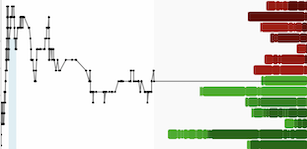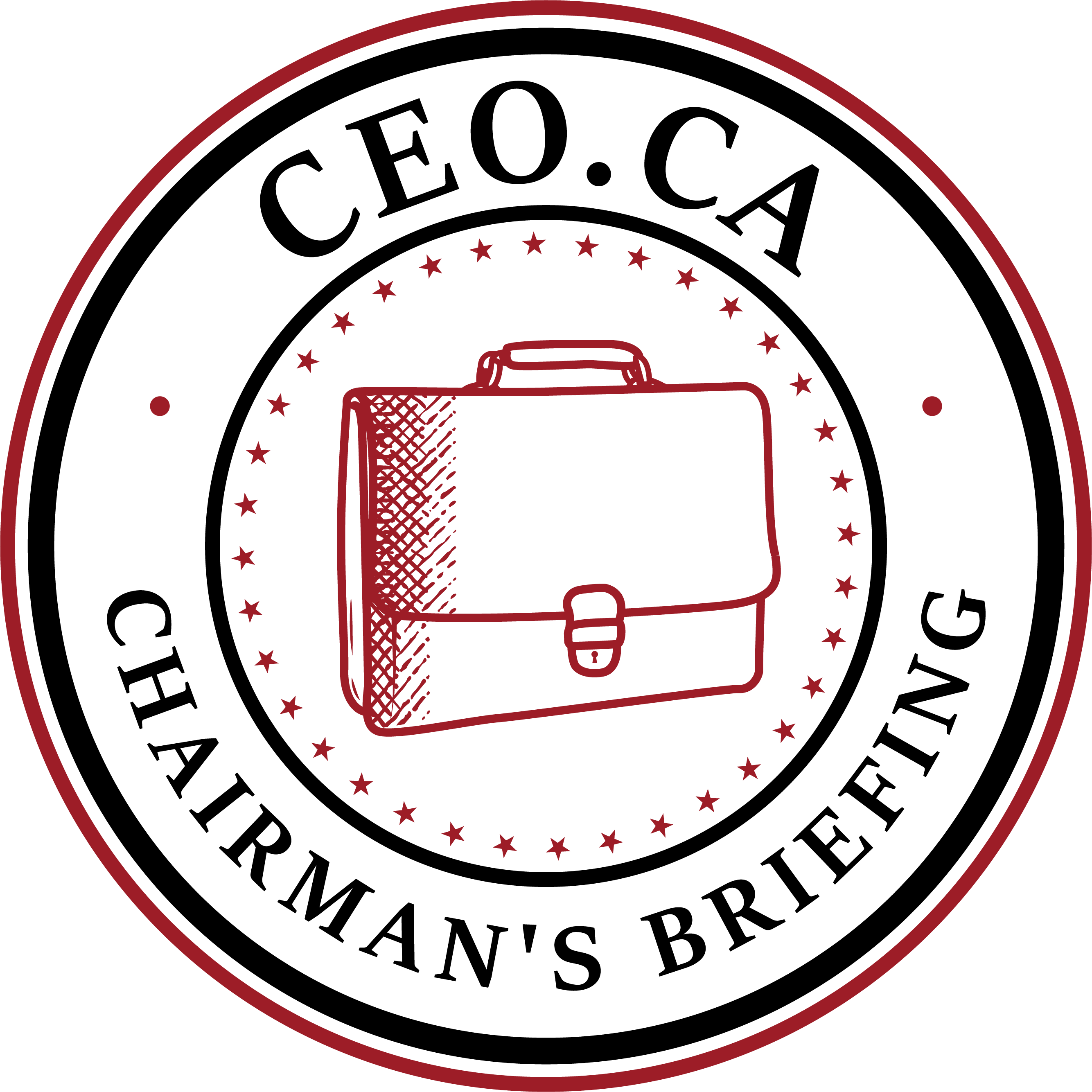Major #hydrogen discoveries in the Temiskaming Graben have sent investors from Main St. to Wall St. into a new gold rush era, in this article we will analyze two companies and they're exploration efforts in the area. $GRUV (Weekapaug Lithium) and $QIMC (Quebec Innovative Materials Corp)
2024-10-28, 4:05pm. Toronto, Ontario.
As global interest in hydrogen as a clean energy source surges, two Canadian companies are making waves in the sector: Weekapaug Lithium ($GRUV) and Quebec Innovative Materials Corp ($QIMC). While QIMC currently leads with established exploration initiatives in Quebec, recent developments from $GRUV indicate it is well-positioned for significant growth and innovation in hydrogen exploration across Canada.
Market Position and Exploration Initiatives
Quebec Innovative Materials Corp ($QIMC) has made substantial progress in its natural hydrogen Ville Marie project, recently unveiling successful results from geophysical surveys in the Témiscamingue area. These surveys, which detected high hydrogen soil-gas anomalies over an area of 80 km², provide a solid foundation for QIMC's exploration efforts. Their partnership with the Institut national de la recherche scientifique (INRS) has enabled them to employ advanced techniques like geoelectric tomography, allowing detailed subsurface mapping to identify potential hydrogen reservoirs.
In contrast, Weekapaug Lithium ($GRUV) has recently launched a comprehensive satellite imaging and remote sensing initiative aimed at uncovering hydrogen deposits across a broader geographic expanse. With a partnership with Aster Funds Ltd., $GRUV is conducting a regional remote sensing gas survey covering 12,000 square kilometers that includes its claims in Ontario and explores potential in British Columbia and Alberta. This strategic ambition positions $GRUV to discover new hydrogen reserves that may rival those of QIMC.
Technological Edge
Both companies are utilizing advanced technologies to enhance their exploration capabilities. QIMC's use of geophysical surveys and geoelectric tomography demonstrates their commitment to understanding the geological context of their findings. CEO John Karagiannidis noted that their recent surveys provided valuable insights into the area's geology and potential hydrogen migration pathways.
However, $GRUV's approach involves utilizing Aster’s QDFC Predictive Fingerprint Target Mapping algorithms, which leverage artificial intelligence to identify hydrogen targets based on known occurrences. This technology may allow $GRUV to execute a more targeted and efficient exploration strategy, covering a wider area than QIMC's current efforts.
Strategic Vision
While QIMC is firmly establishing itself in Quebec, $GRUV is pursuing a multi-provincial strategy aimed at diversifying its exploration portfolio. CEO Marc Branson has articulated a vision for $GRUV to become a significant player in hydrogen exploration not only in Ontario but across Canada. This broad geographic focus could prove advantageous, especially as interest in hydrogen expands nationally.
Future Potential
As Weekapaug Lithium's exploration program progresses, the potential for significant discoveries could enhance the company's valuation and competitive standing in the market. Investors are eagerly anticipating the results of $GRUV's satellite data initiative, which could confirm its place as a key player in the hydrogen sector.
New release as of Oct 29th from $GRUV
Hydrogen
The Company is pleased to update shareholders on the previously announced regional remote sensing gas survey over a 12,000 sq. km area of Ontario and Quebec. Data acquisition and initial processing have begun for the gases. Aster Funds has trained its QDFC Predictive Fingerprint Target Mapping algorithms and AI on the known hydrogen occurrences from the main graben areas in Temiskaming, where $QIMC is located. This will allow the technology to look for similar spectral responses to $QIMC and assist the Company in developing the best possible exploration strategy for hydrogen and other gases. In addition, hydrogen and other gas abundances in the survey area will be directly mapped at different seasons to define areas of high hydrogen and other gasses for follow-up ground exploration.
Kimberlites, silver, and cobalt deposits (critical minerals/metals) are known and are currently being collated in the satellite survey area. Utilizing different spectral and hyperspectral techniques, a selected area of 3,500 sq. km centred on the current claims area will be surveyed to determine target areas for exploration for critical minerals/metals and kimberlites.
Conclusion
While $QIMC currently holds the title of market leader with a robust foundation in hydrogen exploration, Weekapaug Lithium's innovative approach, extensive geographic strategy, and advanced technological tools make it a compelling investment opportunity. As the demand for clean energy solutions continues to rise, $GRUV’s potential to uncover new hydrogen reserves across multiple provinces positions it not just as a competitor, but as a future leader in the sector. For investors seeking to capitalize on the burgeoning hydrogen market, $GRUV presents a promising avenue.
Both companies are embarking on an ambitious exploration program and new #sat-data may provide white hot results in the near term.
Full disclosure: The opinions expressed in this article are not advice to buy or sell securities. Please consult a financial professional before making any investment decisions. The companies covered in this article include, Weekapaug Lithium, Quebec Innovative Materials Corp.
Forward-Looking Information and Cautionary Statements
Certain information in this article constitutes forward-looking statements. Any statements that are contained in this article that are not statements of historical fact may be deemed to be forward-looking statements. Forward-looking statements are often identified by terms such as "may", "should", "anticipate", "expect", "potential", "believe", "intend" or the negative of these terms and similar expressions.
($GRUV, $QIMC)



